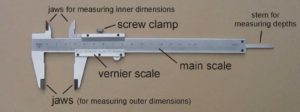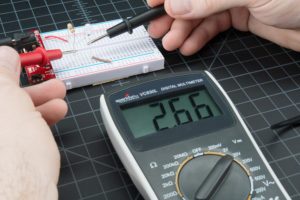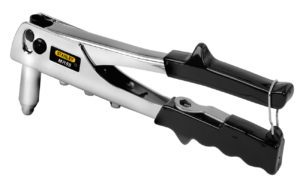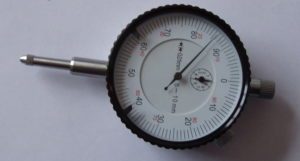Call Us: +91-7410524141
Precision Measuring Instruments: Types and Uses
- Author : gokul-traders-admin
As the name suggests, Precision Measuring Instruments are tools or devices used for directly measuring physical quantities, or obtaining measurements indirectly by making calculations on real-world objects in such a manner that one can get precise values.
Conventionally, such instruments included a narrow range of tools, which employed mechanical principles. However, during present times, due to the increased need of instruments that give precise and quick measurements, devices are used which work on electronic, pneumatic as well as optical principles, as per the requirement.
Mechanical Tools
The fundamental tools of mechanics include Vernier Calipers, Micrometer Calipers and other Mechanical Gauges. Vernier Calipers are used for reading measures up to even fractions on the scale. They consist of a scale with markings called the Vernier scale, which is connected to a slider and a pointer which shows the exact dimensions of the object. Naturally, this tool is used in making precise measurements of the tiniest of elements. Micrometer Calipers are used to measure units as small as a hundredth of a millimeter. The object to be measured is placed between a movable and a fixed jaw and then pressed tightly for minute measurements. Other mechanical gauges come in various types, like bridge gauge, dial gauge, poker gauge, width gauge, height gauge and so on. These are tools with scales or digital displays used for measuring parameters like height, depth, width, diameter and area.

Electronic Equipment
Most of the electronic measurement equipment are designed using the Wheatstone Bridge Circuit which is connected to a gauging probe and an indicator. These include Multimeters, Voltage Testers, Videoscopes, Speedometer, Transducers, Capacitance Meters, etc. Electronic equipment may be analog or digital as per the need.

Pneumatic Instruments
These instruments work on the measuring of air pressure and air volume through gaps or tubes. They are used for ready calibrations. They vary from assembly tools to riveters, fastening tools, saws, drivers and fabrication tools. A few examples include pneumatic screwdrivers, air nut rivetors, and impact wrenches.

Gauges
Gauges function on the principles of accuracy and precision measurement. Apart from measuring physical parameters, they are also used to measure sensitivity, linearity and pressure. Different types of gauges include needle gauge, dial gauge, water gauge, stream gauge, air core gauge, and many more. Gauges come in handy while making measurements in water or air, and have uses in fields ranging from railways to medicine.

Thus, when subcategorized, one can find hundreds of tools used for precision measurement, each one employed for different conditions and for different measurements. These tools may as well be the founding basis for most of the industrial machinery, and a holding ground for accuracy in industrial instruments and operations.

